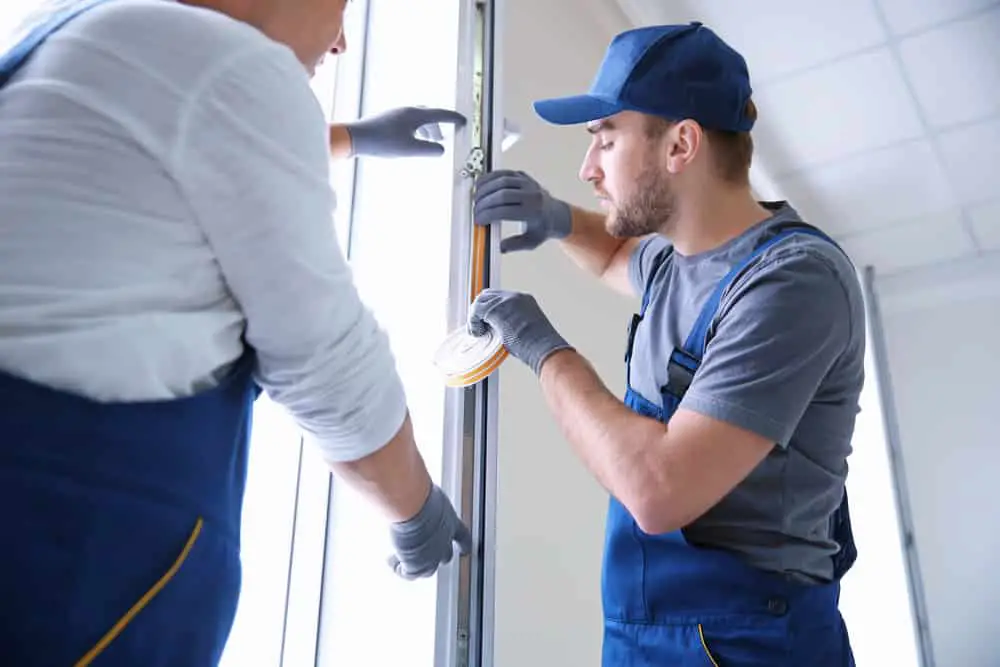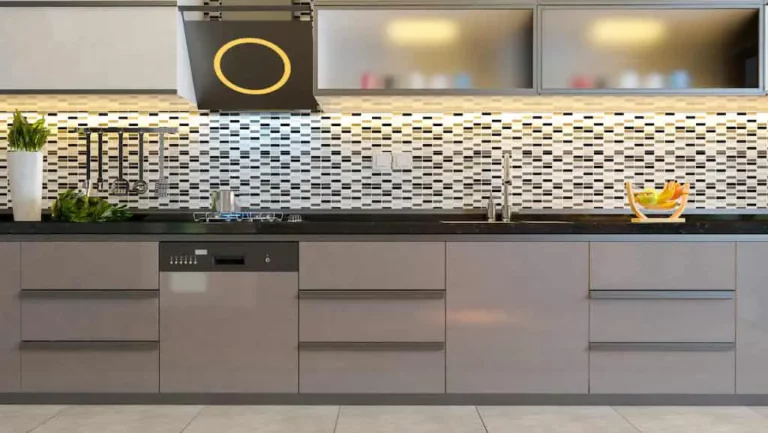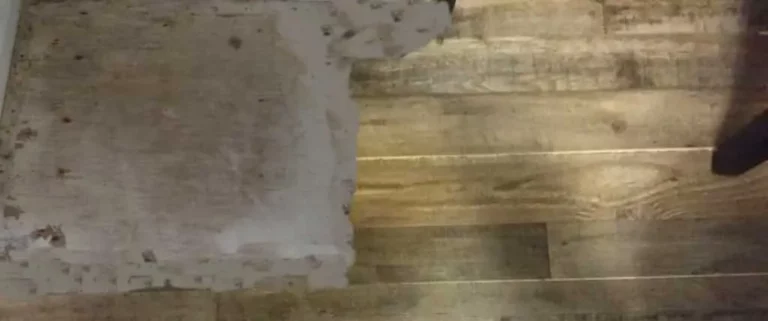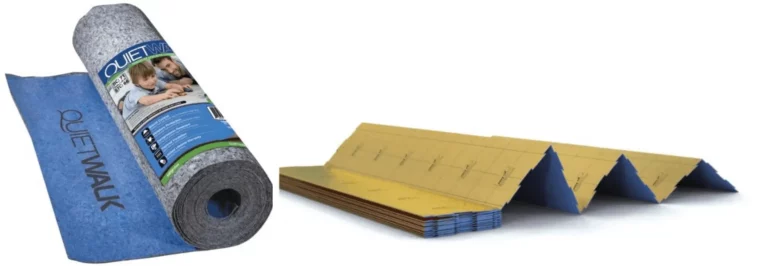How Do You Keep A Poorly Insulated House Warm?

Have you ever sat in a house in the middle of Winter with the wind whistling outside and all the windows and doors closed? Despite all your precautions, the cold seems to get through everywhere; even the walls are cold to the touch!
When you try to keep the warm air inside a poorly insulated house, the simple solutions include keeping doors and windows closed and shutting the curtains at night. It is important to start with the most obvious solutions before attempting the more complex solutions that will require bigger budgets.
When looking for ways to insulate a house, keep in mind that that heat energy moves from high to low, and it is the heat that leaves the house and not the cold that enters it (except when there is cold air getting in through cracks). It means that the homeowner should spend time ensuring that the heat can’t get out.
The Most Effective Ways To Keep A House Warm (When It Is Badly Insulated)
If you live in an older house or one in which inadequate insulation was installed, it is important to find ways to keep it warm without destroying your bank account with an excessive heating bill.
You can do several things that won’t break the bank but will have a measurable effect on retaining the heat in the home.
Close All Doors And Other “Portals”
It’s so obvous, but many people don’t always properly manage the time a door is opened in some households.
Cutting down on airflow between inside and out will reduce a substantial amount of heat loss. Ensuring there are no leaks or gaps, let the warm air out. It also helps to reduce condensation.
There are processes you can manage at the door that will help retain the home’s heat.
Only Ever Open The Door For As Short A Time
When seeing visitors out or welcoming them into your home, and you want to meet them at the gate, close the door as soon as you walk outside and only open it to return.
Seal Dog And Cat Flaps
For the duration of the cold weather, block any cat or dog flaps from opening. It means that you will have to be attentive to your animals’ needs when they need to go to the toilet, but it is worthwhile not having a cat or dog flap swinging in the wind and letting all the cold air in.
Seal The Doors
If the external doors in the house do not seal properly, use a towel or specialized draft stoppers.
If the door has been badly fitted and does not fill the whole door frame, install a self-adhesive door sealer.
Check All The Windows
Check that there are no broken windowpanes, which should be immediately replaced.
If window frames do not close completely, install the self-adhesive sealer around the loos frames .
Close The CurtainsIn The Home
The temperature action is not that the cold enters the house; instead, the heat energy in the home is transferred to the cold outside. Essentially this means the heat leaves the room rather than the cold enters it.
If the windows are closed and sealed, and yet the cold still seems to come through, then see if it makes a difference.
It is possible to install thermal curtains. Thermal curtains have several benefits over conventional curtains.
- They act as a thermal barrier that keeps the heat in the room.
- They act as sound insulation and reduce outside noise.
- They Block out 90-99% of outside light for privacy and prevention of sun glare on televisions.
A caveat with this point is that If it is sunny outside, open the curtains and let the sunshine in because this is free heat.
Keep The Radiators Uncovered
It is important that any devices designed to produce heat are never covered.
It is a very hazardous practice because it can cause a fire and restricts the device’s ability to produce heat.
It includes any furniture which may be located in front of the heater or radiator.
Use Floor Coverings
Install as big a carpet as the budget allows in the rooms you are attempting to warm. It makes the floor more comfortable to walk on but also helps prevent the heat from being lost through the floor.
Keep A Smaller Area Warm
If the house has several cold rooms, instead of keeping the whole house warm, focus on one or two rooms, possibly the kitchen and lounge.
This strategy means you can spend more time identifying ways the rooms are losing heat and fixing these.
The other benefit is that the heating bills can be reduced because a smaller controlled area is being heated.
Close The Cooker Hood In The Kitchen
If your kitchen extractor fan vents outside through the kitchen hood, ensure that it is switched off and closed during cold snaps.
It is a major cause of heat loss because the extractor fan pushes hot air out of the kitchen.
Add Insulation To The Ceiling Or Attic
Since heat rises, approximately 25% of the heat is lost through the ceiling.
If your budget allows, one of the best ways to retain heat in a room is to prevent it from leaving through the ceiling.
Adding insulation batting or blown-in insulation sprayed into the attic’s existing framing will significantly reduce heat loss.
Install An HVAC System
An effective way to heat a home is to use an HVAC system. Modern systems do not use excessive amounts of electricity and, with ducting,can heat large areas of the home.
Conclusion
It is very disheartening to have to dress up warm while you are inside the home; however, this is the situation with many poorly insulated homes.
There are some simple things you can do to keep the heat in the house, some of which are free of charge or don’t cost much, and some require a slightly bigger investment.
References





